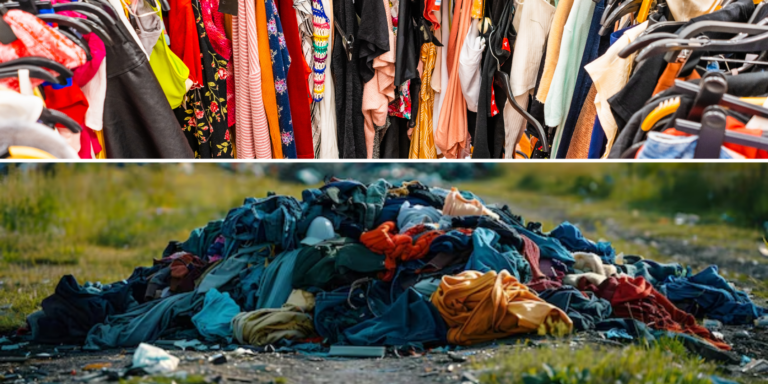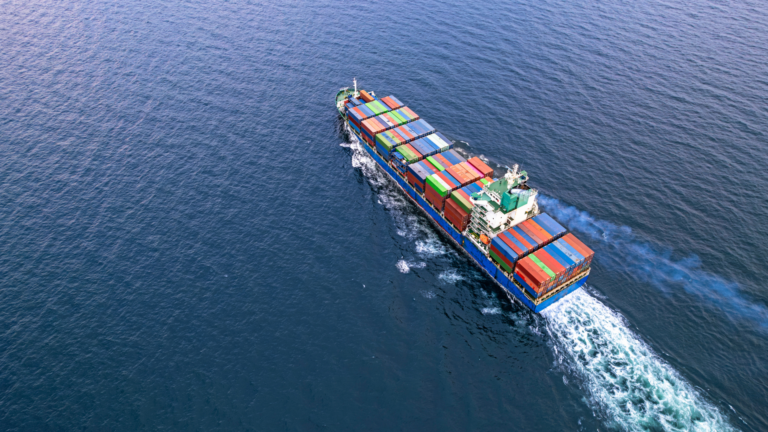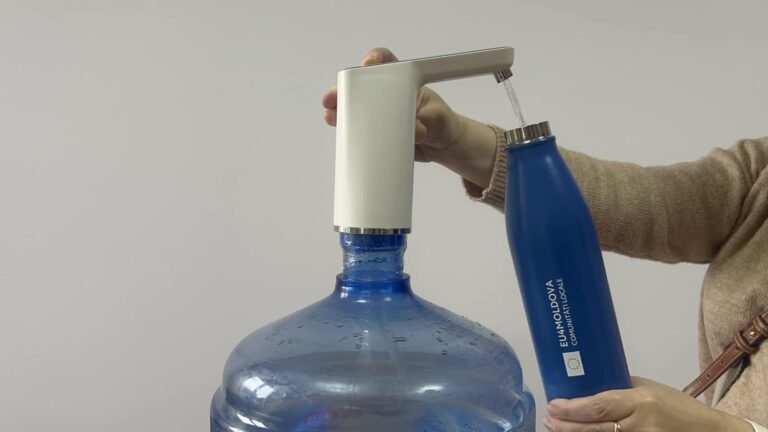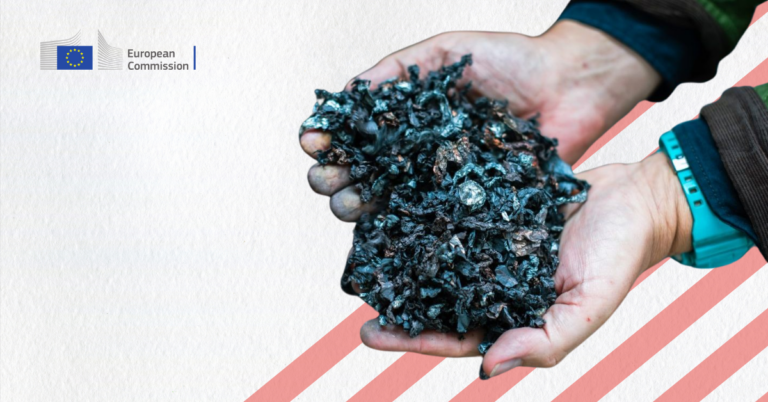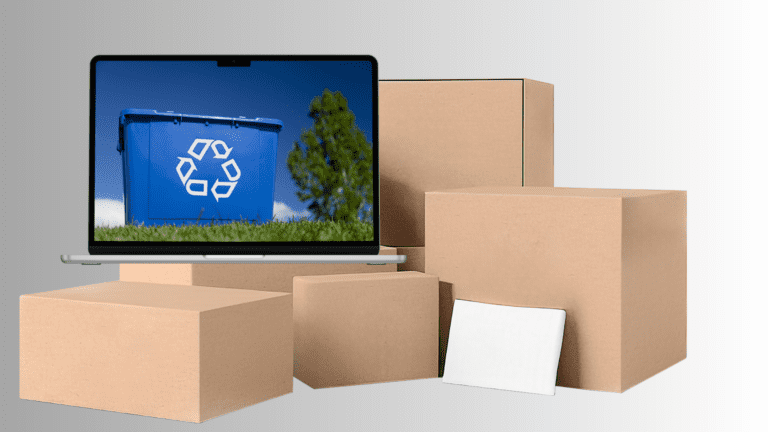The European Commission has proposed measures to reduce microplastic pollution from plastic pellets
Details
For the first time, the European Commission proposes measures to prevent pollution with microplastics unintentionally released from plastic pellets. Currently, between 52 and 184 thousand tons of pellets are released into the environment each year due to mishandling along the entire supply chain. The commission's proposal aims to ensure that all operators handling pellets in the EU take the necessary precautions. This is expected to reduce the release of pellets by up to 74%, leading to cleaner ecosystems, contributing to plastic-free rivers and oceans and reducing potential risks to human health. Common measures at EU level will also contribute to a level playing field for operators.
What are plastic pellets and why are they a concern for the environment?
Plastic pellets are the raw material used for the production of all plastics, also called nurseries, nibs and resin pellets. Most of the granules are microplastics (up to 5 mm), while a small fraction might be slightly larger.
During manufacturing or other processes in the supply chain (for example, during transport), a fraction of these pellets may be spilled or lost to the environment. Once in the environment, these small plastic particles do not biodegrade and cannot be removed. They accumulate in animals, including fish and crustaceans, and are therefore also consumed by humans in food. They contribute to microplastic pollution, which has been found in marine, freshwater and terrestrial ecosystems, as well as in food and drinking water. Their continued release contributes to the permanent pollution of ecosystems and our food chains. Exposure to microplastics in laboratory studies has been linked to a number of negative (eco)toxic and physical effects on living organisms. Microplastics are also likely to be toxic to humans.
Being an imposing source of microplastic pellets, the Commission proposes that operators act in the following order of priority: prevention to avoid any pellet spills; containment of spilled pellets to ensure they do not pollute the environment; and as a final option, clean up after a spill or spill event.
Why is the Commission prioritizing the regulation of pellets among the different sources of microplastic pollution?
The Commission has already taken many actions to tackle plastic pollution, both in the EU and internationally. These include initiatives on plastic products such as single-use plastics and packaging, as well as measures on microplastics intentionally added to products. Among the products responsible for the unintended release of microplastics, release of pellets into the environment is mainly due to lack of awareness and mishandling and is therefore largely preventable today in a cost-effective manner. No changes in product or consumer behavior are required to prevent and reduce pellet losses. Consistent implementation of existing best handling practices (already available to businesses) at all stages of the supply chain and by all actors can reduce plastic pellet losses.
The contribution of combating pellet losses is known: a reduction in pellet losses (from 22 628 tonnes/year to 126 559 tonnes/year or a decrease of 54 % to 74 % compared to the reference scenario) has the potential to reach up to 1/4FROM the global target of a 30 % reduction in the amount of microplastics released by 2030. Actions taken now to prevent and reduce pellet losses are without prejudice to any future action on other sources.
Next steps!
The Commission's proposal for a regulation on pellet loss prevention will now be discussed by the European Parliament and the Council. All economic operators, both in the EU and outside the EU, will have to comply with the requirements set out in this regulation within 18 months of its entry into force.
The Commission will continue to work to reduce microplastic pollution, including through the implementation of existing and future legislation on products and waste, and by leading global efforts to end plastic pollution.
Together with the restrictions on intentionally added microplastics adopted on 25 September 2023, the rules adopted by the commission are the first EU tools specifically designed to tackle microplastic pollution at source and contribute to the target of reducing microplastic emissions into the environment by 30% by 2030 set by the Zero Pollution Action Plan.
Related articles
Ziua Internațională “Zero Deșeuri” sărbătorită pe 30 martie și facilitată în comun de Programul Națiunilor Unite
La data de 20 mai 2024, a intrat în vigoare noul Regulament UE 2024/1157 privind transportul deșeurilor
Anual ziua de 16 martie este dedicată celebrării – ZILEI FĂRĂ APĂ ÎMBUTELIATĂ (Bottled Water Free
Miercuri, data de 5 martie, Comisia Europeană a actualizat Lista Europeană a Deșeurilor pentru a menține
Centrul de Instruire și Consultanță E-CIRCULAR anunță lansarea campaniei „Martie ECO-ACTIV-Reducem impactul, creștem responsabilitatea!”, o inițiativă
Serviciul de gestionare a deșeurilor face parte din sfera serviciilor publice de gospodărie comunală, având un
În Republica Moldova, confuzia între deșeurile reziduale și cele organice sau umede este frecventă. Această confuzie
Responsabilitatea Extinsă a Producătorului (REP) este un mecanism central pentru gestionarea deșeurilor și protecția mediului. În
Începând cu octombrie 2024, Legea nr. 227/2022 privind emisiile industriale impune agenților economici să angajeze SPECIALIȘTI
On the occasion of World Cleanup Day, over 70 children from the towns of Cantemir and Ceadir-Lunga

